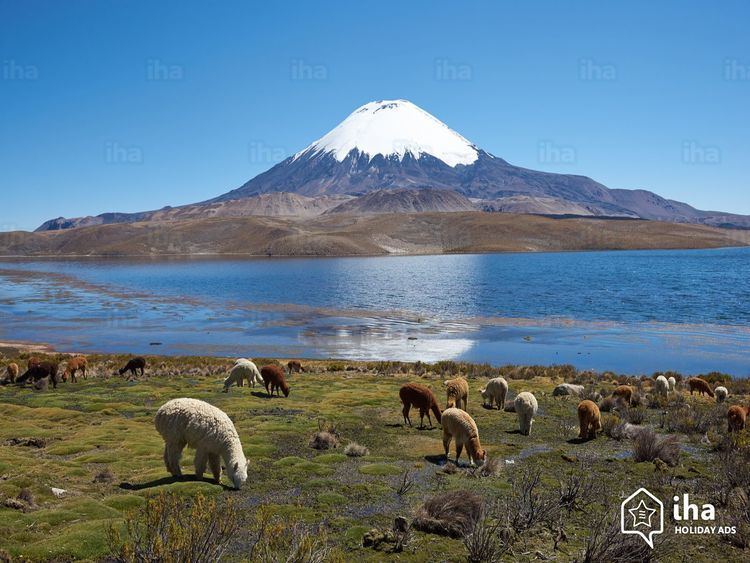Lowest elevation 0 m (0 ft) Area 42,226 km² University Arturo Prat University | Area rank 6 | |
 | ||
Points of interest Volcán Isluga National, Clock Tower, Atacama Giant, Isluga, Playa Cavancha Destinations | ||
Iquique tarapac region chile south america
The I Tarapacá Region (Spanish: I Región de Tarapacá) is one of Chile's 15 first order administrative divisions. It borders the Chilean Arica and Parinacota Region to the north, Bolivia's Oruro Department on the east, the Antofagasta Region on the south and the Pacific Ocean on the west. The port city of Iquique (2002 pop. 216,419) is the region's capital.
Contents
- Iquique tarapac region chile south america
- Map of TarapacC3A1 Region Chile
- Route 5 pan american highway tarapac region chile south america
- Administration
- Climate
- Rivers
- Economic activities
- References
Map of Tarapac%C3%A1 Region, Chile
Much of the region was once the Tarapacá Province of Peru, which was annexed by Chile under the 1883 Treaty of Ancón at the close of the War of the Pacific. The region was important economically as a site of intense saltpeter mining, before synthetic nitrate manufacturing became possible. A number of abandoned mining towns can still be found in the region.
The present day Tarapacá Region was created in 2007 by subdividing the former Tarapacá Region under Law 20.175, which was signed by President Michelle Bachelet in Arica.
Route 5 pan american highway tarapac region chile south america
Administration
The government of the region resides in the intendant, who is assigned by the president. Each of the region's two provinces are further subdivided into communes.
Climate
A desert climate dominates the region. Near the coast, cloudiness can limit the temperature swing throughout the day, but in other drier areas, temperatures can vary greatly as is typical in deserts. A marginal desert region can be found over 3,000 m (9,843 ft) above sea level, which sees milder temperatures and summer rains.
